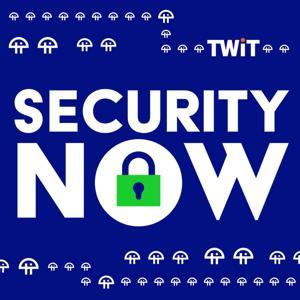get the xls spreadsheet here:
https://securitycompliance.thinkific.com/courses/cis-control-maps
Hey guys, this is Bruce and welcome to a convo course podcast. And today I want to talk about one thing in particular, and that is the CIS and how it maps to the ISO 27,000. And one, if you didn't know, both of these are security compliance frameworks that are used in the public sector and private sector, as well as international organizations.
So pretty much a little slice of everybody use. One are the two of these particular security frameworks. CIS is typically used for the private sector. That means like retail stores or banking or community centers or those kind of organizations that are private Lee own organization. And sometimes nonprofits.
I'll also say that in having worked in the public sector from time to time, we'll actually use CIS controls as well. It, just depends on what kind of what we're doing. Like we use the CIS benchmarks. I've seen those used within the government within like department of defense, cuz it's just a great tool to use.
And if you're interested in finding this, just go to Google or being or Yahoo or your favorite search engine and just type in CIS controls and. Right now you have a mapping from the CIS controls version 7.1 to ISEL 27,001. Now right now, CIS controls are on version eight. I'm not, I don't think that one's out yet, but right now we are focusing on.
Version 7.1, but we will revisit this once we get version eight. Okay. So that being said, I sell 27,001 is an international standard for information security management. And they both, do the same thing. It's for an organization to have a guidance on how to actually. Proceed as far as securing their entire network, not even just the software and hardware devices that are connected to the network, but also things like physical security, maintenance.
All aspects of protecting the actual security of the system. Whether it's outside of the system whether who's touching the system who has access to the system, all those things let's start from the top. So what we're gonna do is just focus on the main security controls, like CIS control, one that is inventory and control of hardware assets.
And you'll see that the IO 27,001 has something similar in and it's called a.eight.one.one. So inventory of assets, right? They kind of group 'em all together. They don't break 'em apart in individual things for ISO 27,001. Whereas I CIS controls, they break it up into do different things. CIS control one is hardware.
Whereas CIS two is inventory of security controls. I inventory of security sorry, inventory and control of software assets. That is not broken apart by ISO 27,001. They keep those together as a dot eight, do one.one. Let's keep going here. We're gonna go to the next control, which is CIS control three, which is vulnerability management, continuous vulnerability management, every single security compliance.
Framework does have some sort of vulnerability management, our continuous monitoring and vulnerability management they're hand in hand. And this one is no different, so I sold 27,001, let me see let's see if they have it here. They have more of a risk rating response. That's continuously done.
management of technical vulnerabilities. Yeah. So they have a dot 12, do six.one that matches to CIS control three, 3.7, to be precise. Let's go on, keep moving here to CIS control four. And that covers controlled use of administrative privileges. And that's really important because you don't wanna give your admin accounts to everyone.
That's one. One of the things that some organizations do is they'll just give admin rights to everyone, anyone who needs it, they'll just put it on individual laptops and think it's okay. And it's really not okay. Because if you have an administrative privilege on that system, you can pretty much do what you want with that particular system.
And it might even allow you to escalate privileges on other systems



























